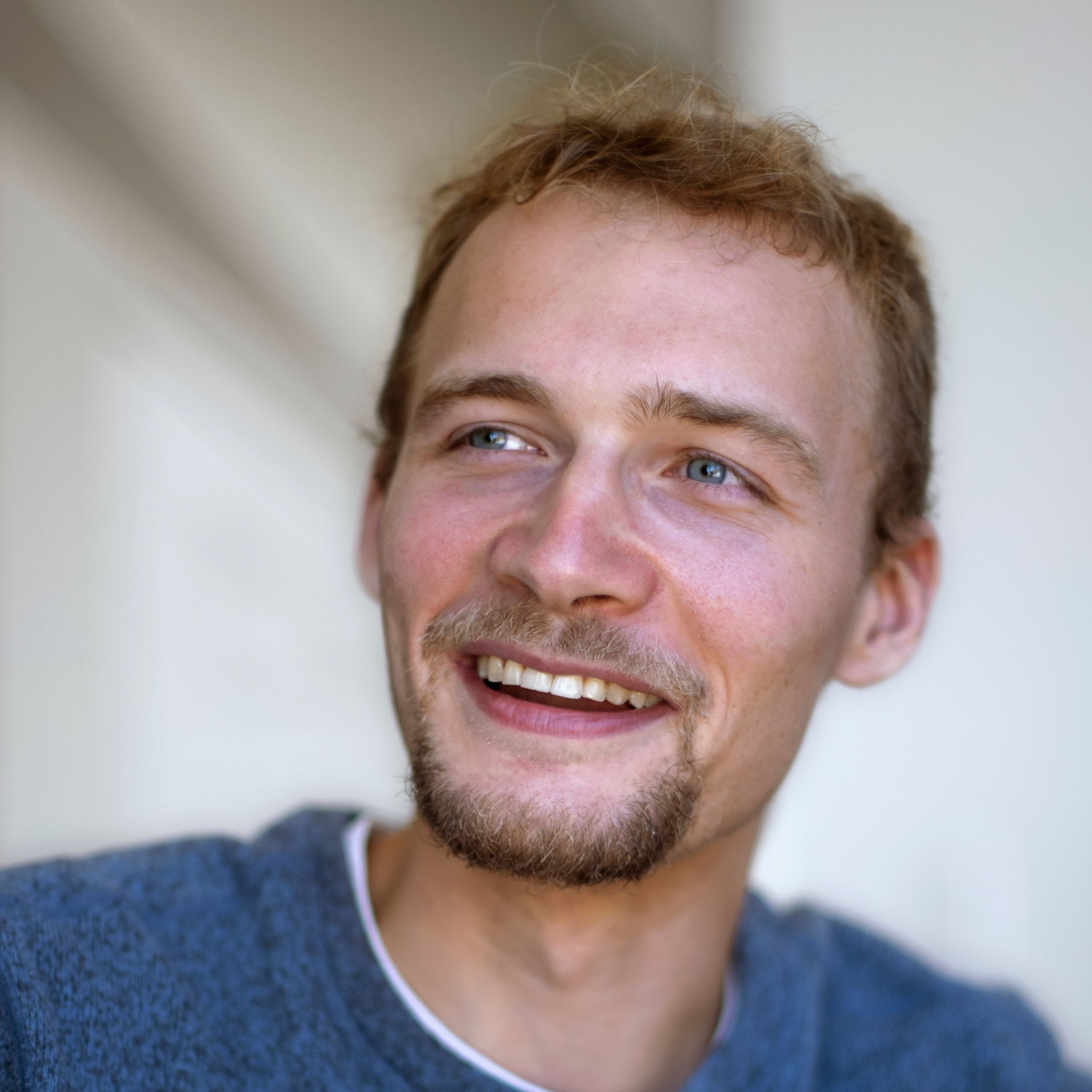
Hi! I'm Jamie.
I'm a scientist working on fundamental theory for deep learning. I run a small lab in the Redwood Center at UC Berkeley, graciously funded by Imbue, where I'm a research fellow. Reach out if you want to visit! I recently finished my PhD, advised by Mike DeWeese. In my free time, I play music, go into nature, make art, and catch eggs in my mouth.
You can read about my research here. I write about science and other adventures over on my blog. I also make puzzles.
If you'd like to chat about research or life, feel free to schedule something here. Whether you're an old friend or a stranger, don't be shy. You can also leave me anonymous feedback here.